Robot Life on Mars! Meet the Machines Exploring the Red Planet Today
Mars: Home of the Robots
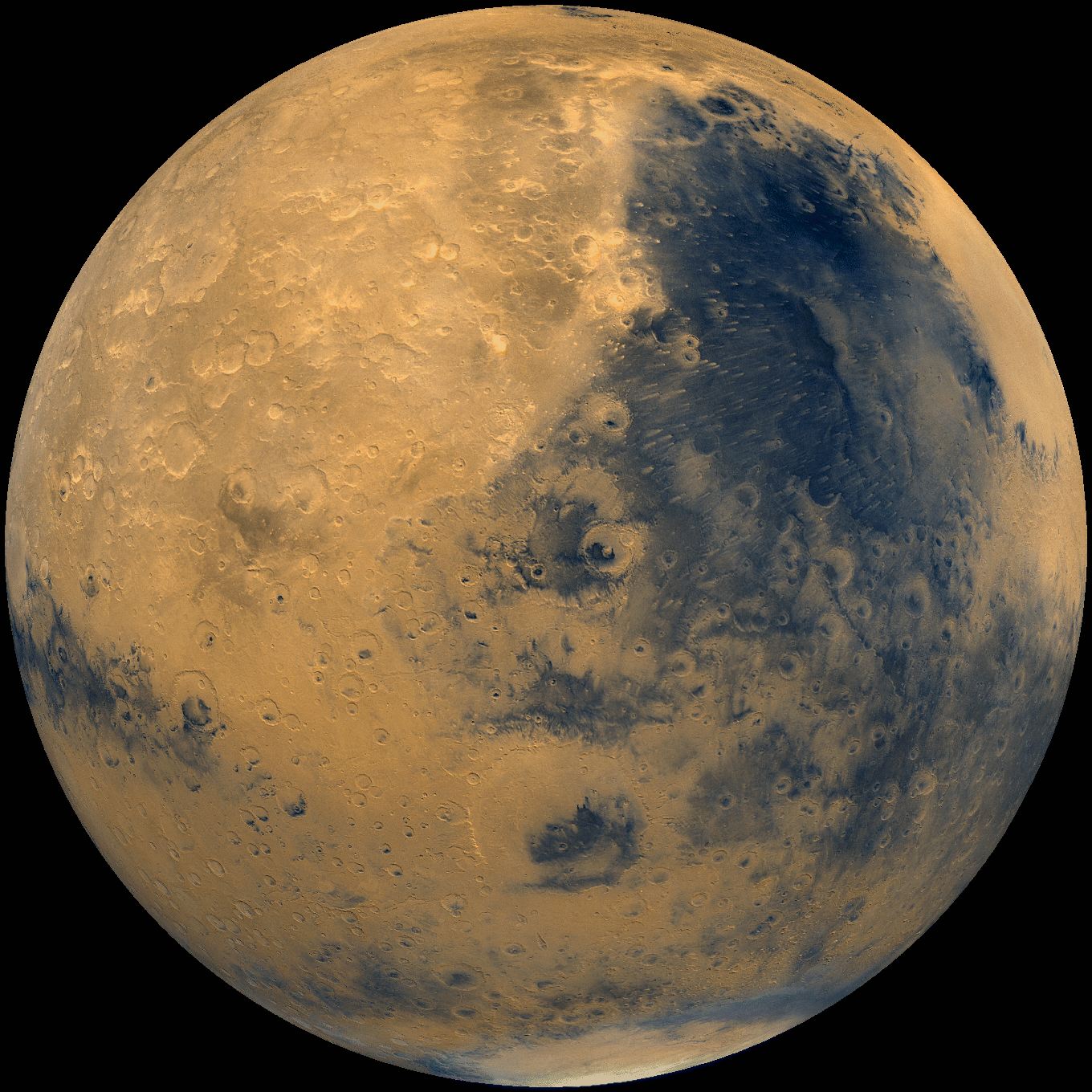
Mars may be a barren desert with no alien life (that we know of), but the Red Planet certainly isn't lifeless. Thanks to Earth's ambitious space programs, several robotic scientists explore the Martian surface as well as its skies. Read on to find out about all the spacecraft that are actively exploring Earth's neighboring planet.
Curiosity rover (Mars Science Laboratory)
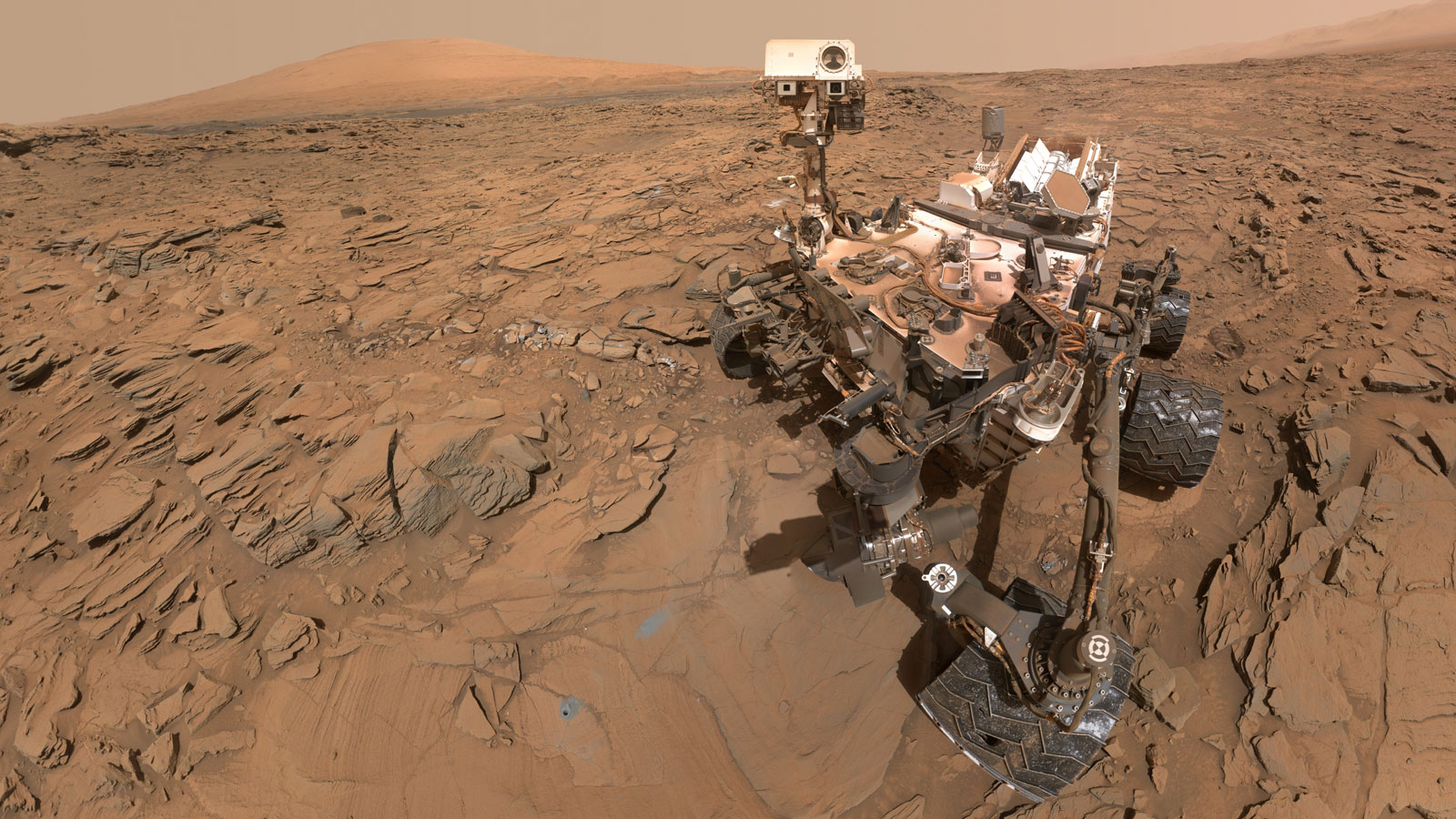
The Curiosity rover, also known as the Mars Science Laboratory, is one of NASA's most ambitious interplanetary missions yet. The SUV-size rover came in for a dramatic and incredible landing at Mars' enormous Gale Crater in 2012. It didn't take long before Curiosity found evidence that water previously existed on Mars. The rover also found other clues suggesting that Mars could have sustained microbial life once upon a time. [Amazing Mars Photos by NASA's Curiosity Rover (Latest Images)]
MAVEN
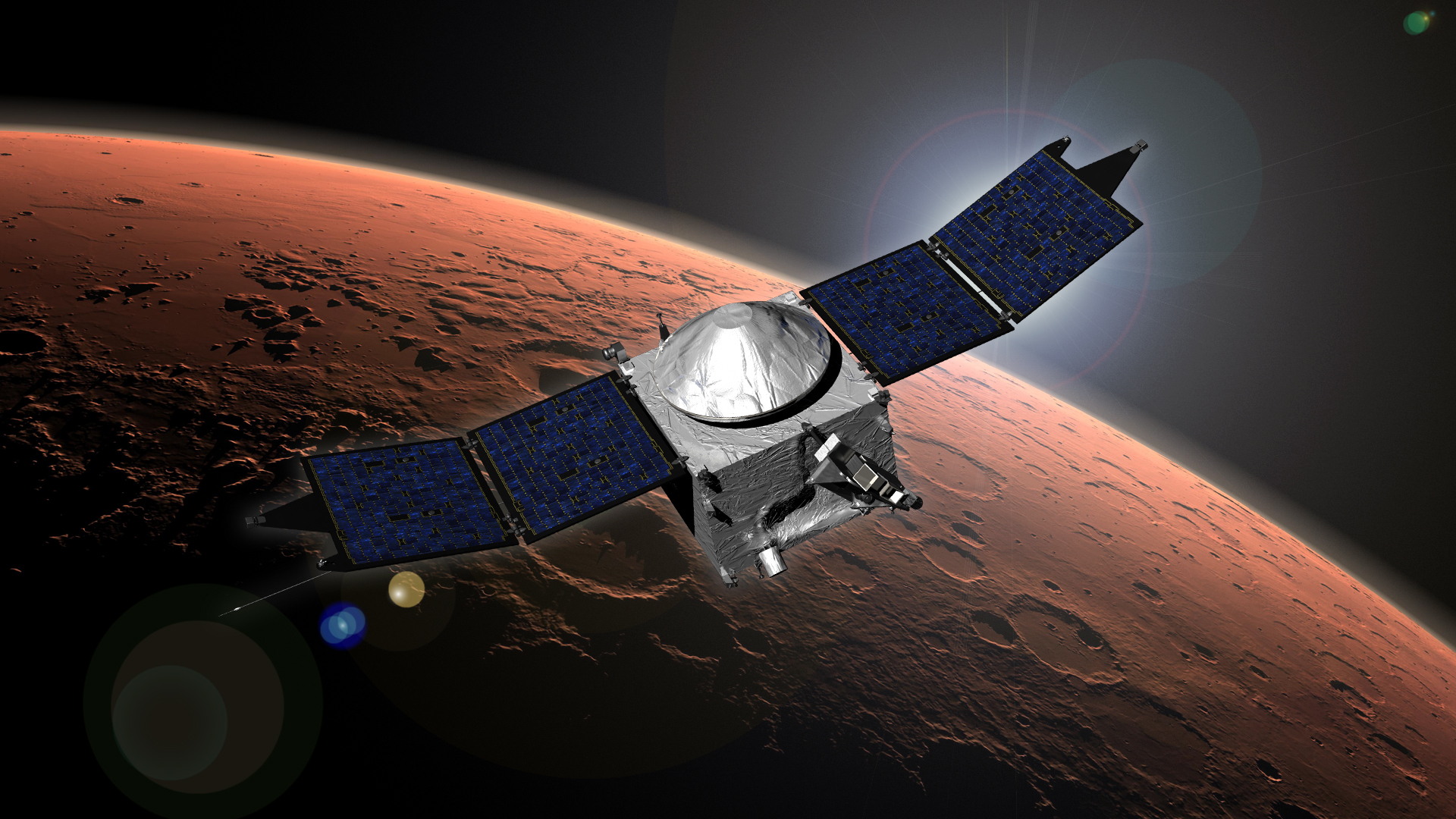
NASA's Mars Atmosphere and Volatile EvolutioN (MAVEN) orbiter has been circling the Red Planet since 2014. The spacecraft is studying Mars' atmosphere to help scientists figure out how the planet transitioned from a world that holds water to a barren, desert wasteland. So far, MAVEN has revealed that particles emanating from the sun, or solar wind, stripped Mars of its atmosphere. Additionally, data from MAVEN suggests that about half of Mars' atmosphere may have been lost to interstellar clouds of gas and dust. When Mars still had all of its atmosphere, the planet was warm enough to retain liquid water. Today, the planet is much colder and drier. [Photos: NASA's MAVEN Mission to Mars]
Odyssey
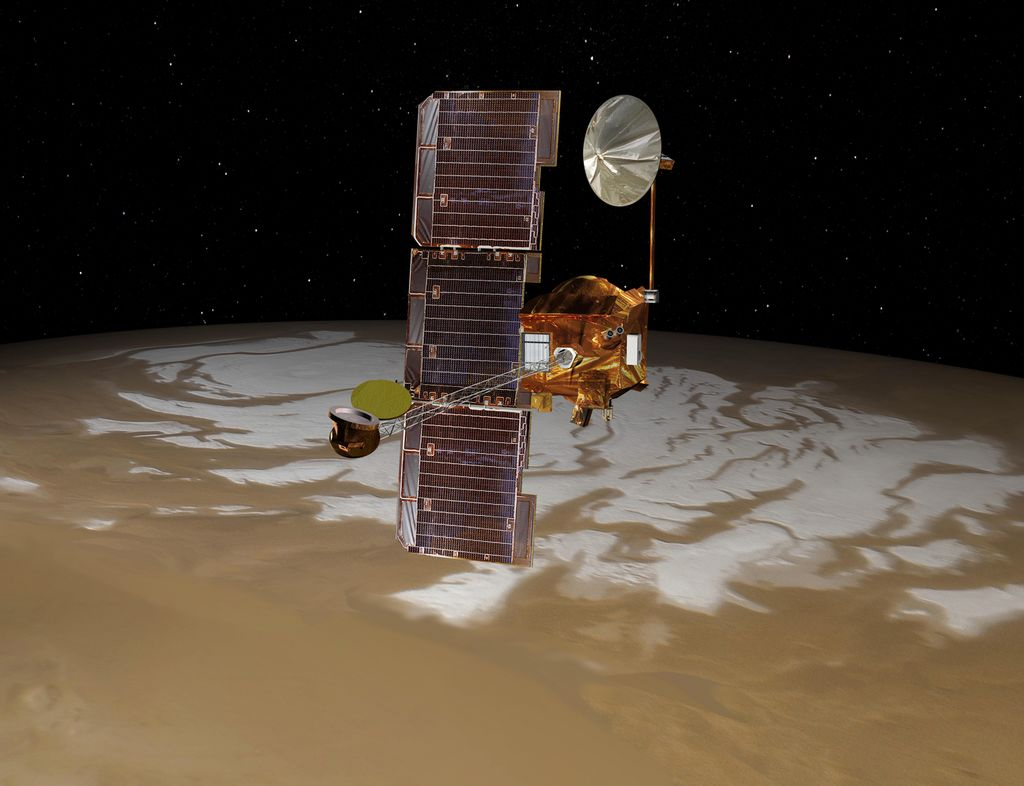
NASA's Odyssey spacecraft has spent more than 15 years orbiting Mars, and the craft continues to hold the record for the longest Mars mission duration in history. The spacecraft arrived at Mars orbit in 2001, where it has been searching for evidence water and ice on the Red Planet. The orbiter's full name is 2001 Mars Odyssey, after a famous novel written by Arthur C. Clarke in 1968 titled "2001: A Space Odyssey." With high-power cameras on board, Odyssey keeps a close watch on the Martian weather conditions, like dust storms that could potentially damage rovers on the ground. [Mars Odyssey: Pictures from Longest Mars Mission]
Mars Reconnaissance Orbiter
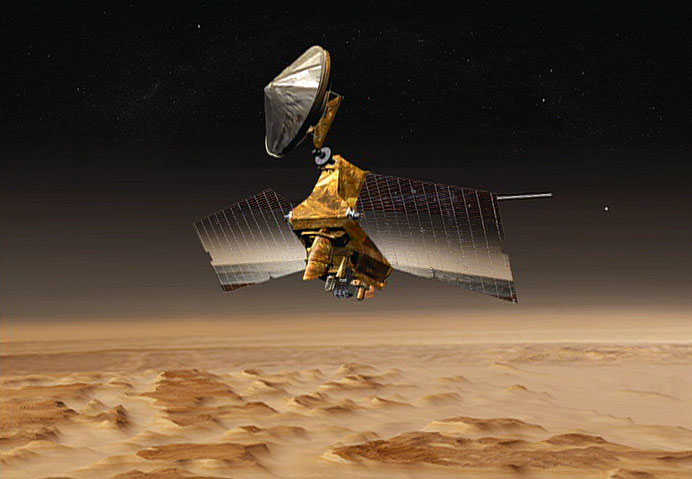
NASA's Mars Reconnaissance Orbiter (MRO) arrived at Mars in 2006 with a mission to search for evidence that water previously existed on the planet. The orbiter bears the most powerful camera and spectrometer of any spacecraft at Mars. MRO's six science instruments study the atmosphere and the Martian surface while searching for possible underground deposits of water and ice. These instruments allow MRO to monitor the daily weather on Mars. MRO's camera also scopes out the Martian surface for potential landing sites for future Mars missions. [Latest Photos from NASA's Mars Reconnaissance Orbiter]
Opportunity (& Spirit)
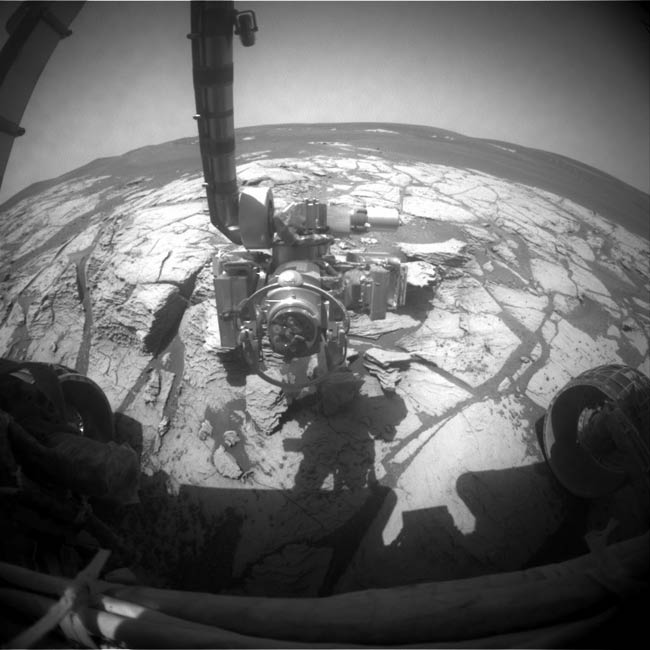
NASA's twin rovers, Spirit and Opportunity, launched back to back in the summer of 2003 and landed on Mars by parachute in January 2004. These two robotic geologists both found evidence of ancient Martian environments that contained water and were potentially habitable. Unfortunately, Spirit got stuck in a sand dune and ran out of power in March 2010. But Opportunity is still roving, and it now holds the record for the longest-running Mars rover ever — both in terms of time and distance covered. The rover is beginning to show its age with memory problems, but it's still exploring the Red Planet nonetheless. [Latest Mars Rover Photos from Opportunity & Spirit]
Mars Express
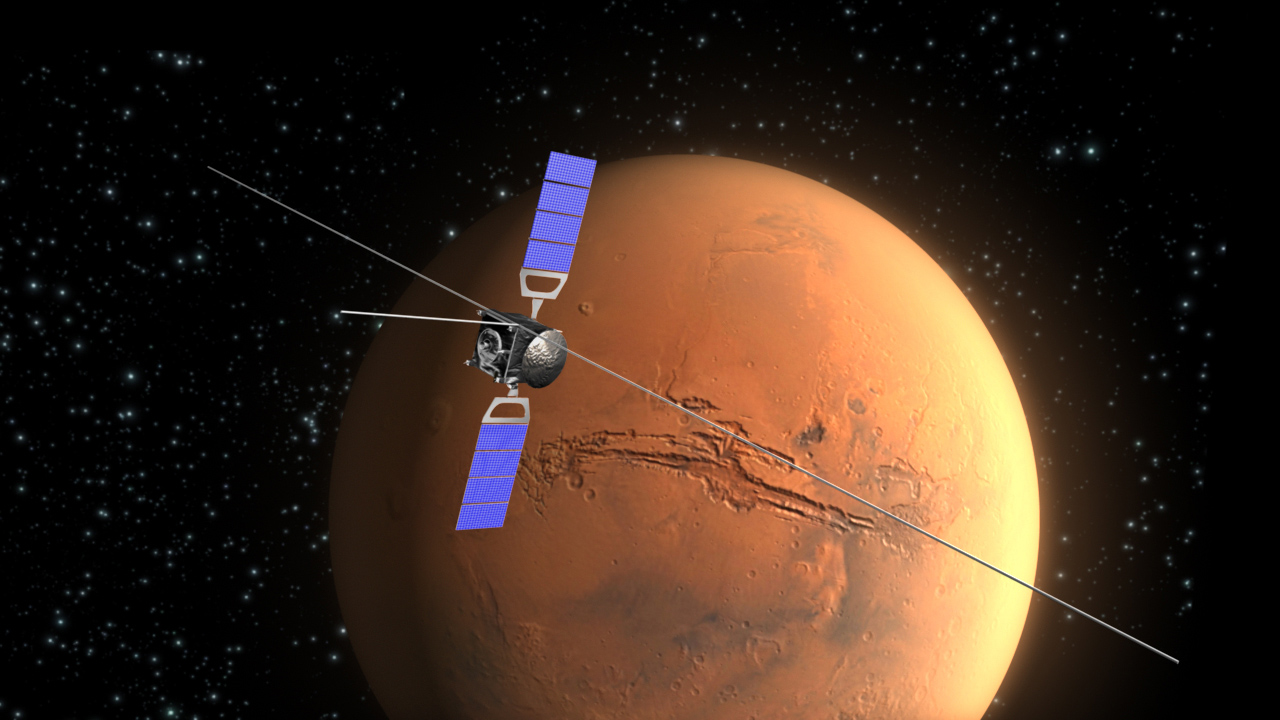
The European Space Agency (ESA) sent its Mars Express orbiter out to the Red Planet in 2003. It was the first time the ESA sent a spacecraft to explore another planet. Mars Express brought along a lander, named Beagle 2, but the little spacecraft didn't survive its plunge down to the surface. Mars Express carried on without its partner, however. The spacecraft made its first discovery before even getting settled into Mars orbit, spotting water ice on the planet's south pole. Just a few weeks later, Mars Express found methane on Mars — a sign of active geological processes deep inside the planet, and possibly methane-burping microbes living underground. [Photos: Red Planet Views from Europe's Mars Express]
Mars Orbiter Mission
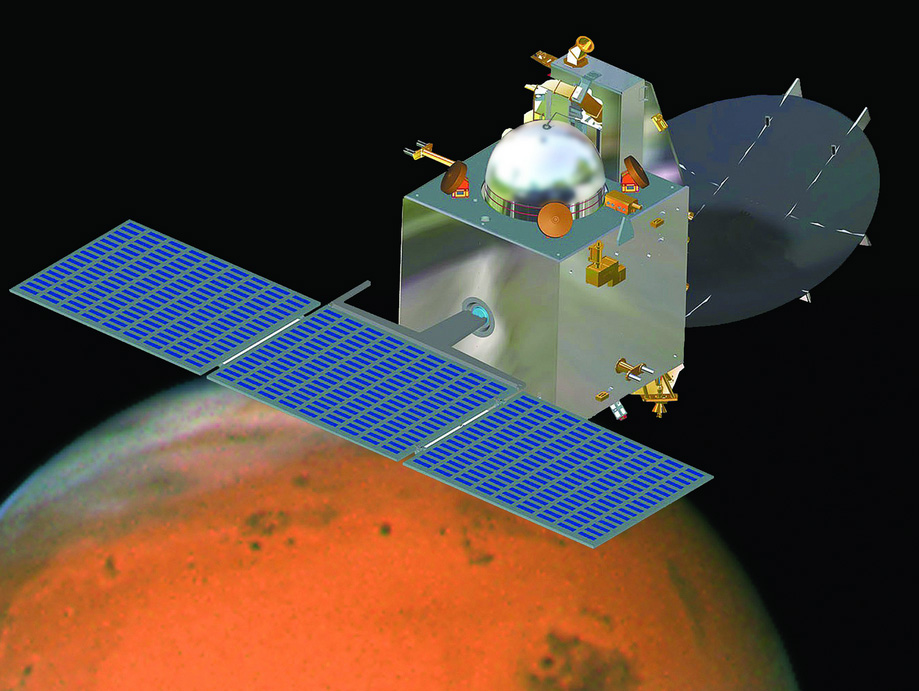
India's first interplanetary spacecraft joined the party on Mars in 2014. The Mars Orbiter Mission (MOM), also known as Mangalyaan (meaning "Mars craft" in Sanskrit), arrived at Mars orbit just two days after NASA's MAVEN orbiter. Officials with the Indian Space Research Organization (ISRO) have said that the mission was primarily a technology demonstration, but MOM is still doing plenty of science as it whizzes around the Red Planet. The craft's small,15-kilogram (33 lbs.) payload contains five scientific instruments, including a color camera, for studying Mars' atmosphere. The spacecraft's mission was originally planned to end after six months, but the little orbiter is still going strong. MOM could even last long enough to meet its little sister, Mangalyaan 2, which is scheduled to launch in 2020. [India's First Mars Mission in Pictures]
A spacecraft graveyard
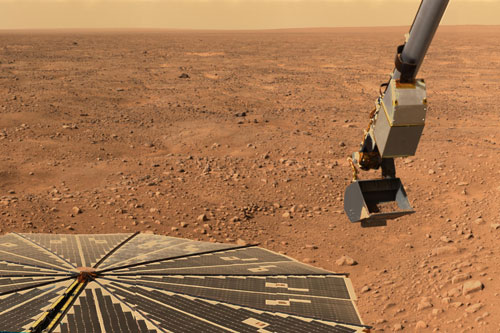
Mars is littered with dead spacecraft. Some of their missions ended as planned, while others ran out of power, got stuck on Mars' terrain or were demolished in not-so-smooth landings. About a dozen spacecraft have died on Mars. Pictured here is NASA's Phoenix lander, which died when it ran out of power during a winter dust storm in 2008. Find out more about the lifeless spacecraft on Mars in this gallery: Mars: The Spacecraft Graveyard.
Email Hanneke Weitering at hweitering@space.com or follow her @hannekescience. Follow us @Spacedotcom, Facebook and Google+. Original article on Space.com.
Join our Space Forums to keep talking space on the latest missions, night sky and more! And if you have a news tip, correction or comment, let us know at: community@space.com.
Get the Space.com Newsletter
Breaking space news, the latest updates on rocket launches, skywatching events and more!

Hanneke Weitering is a multimedia journalist in the Pacific Northwest reporting on the future of aviation at FutureFlight.aero and Aviation International News and was previously the Editor for Spaceflight and Astronomy news here at Space.com. As an editor with over 10 years of experience in science journalism she has previously written for Scholastic Classroom Magazines, MedPage Today and The Joint Institute for Computational Sciences at Oak Ridge National Laboratory. After studying physics at the University of Tennessee in her hometown of Knoxville, she earned her graduate degree in Science, Health and Environmental Reporting (SHERP) from New York University. Hanneke joined the Space.com team in 2016 as a staff writer and producer, covering topics including spaceflight and astronomy. She currently lives in Seattle, home of the Space Needle, with her cat and two snakes. In her spare time, Hanneke enjoys exploring the Rocky Mountains, basking in nature and looking for dark skies to gaze at the cosmos.
